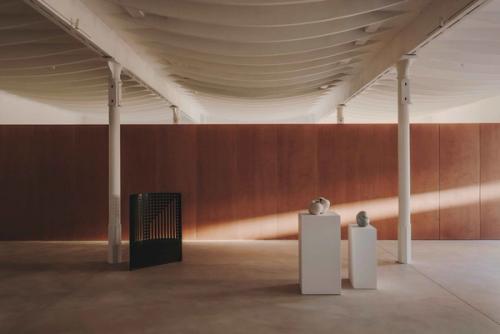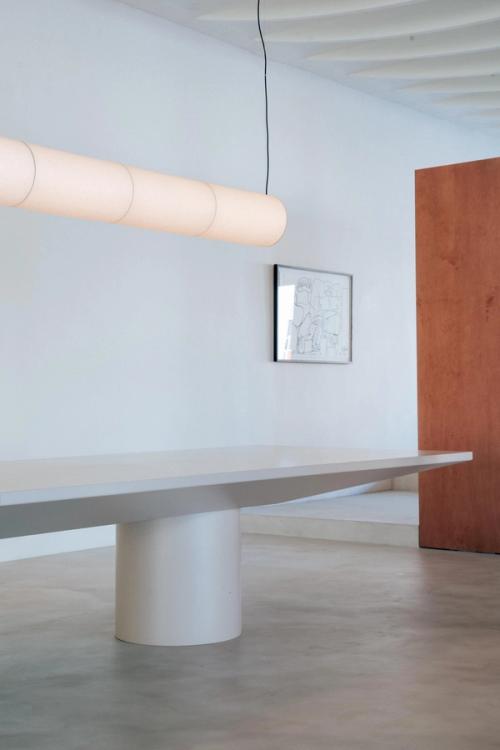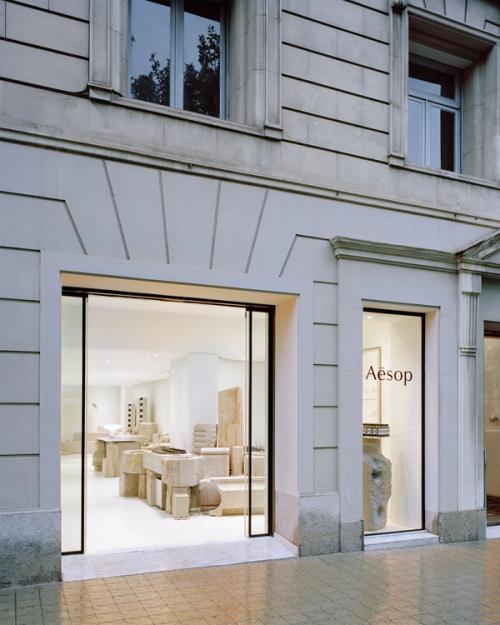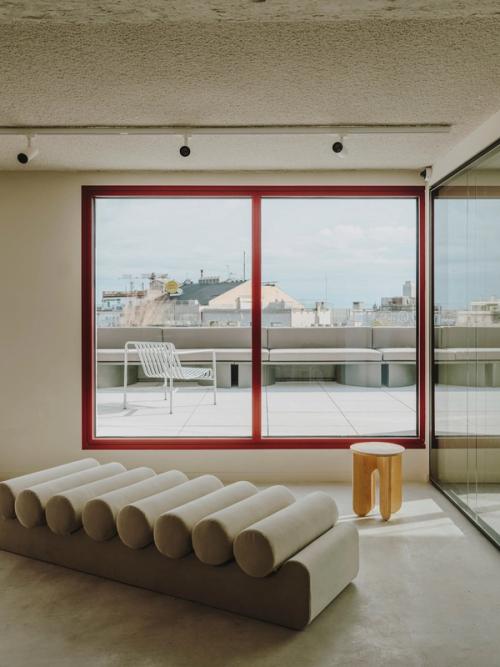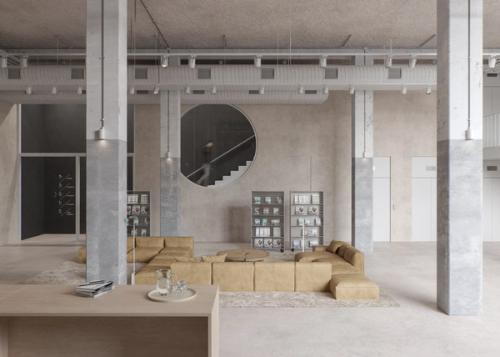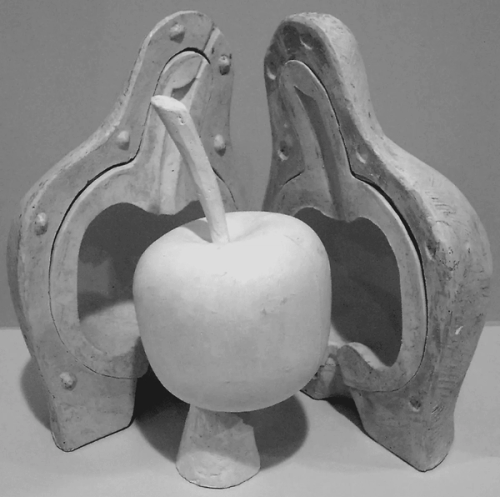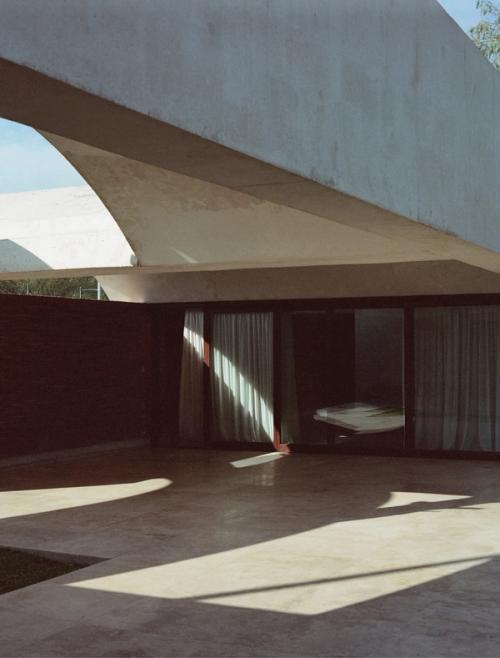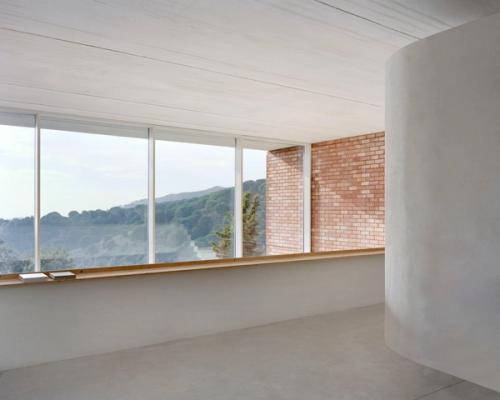Gomis 34
What do we require from a space when we come into work? What makes for the right atmosphere to work in, and how can we project company values and philosophy onto a spatial design? What will work look like in the near future, now that Millennials are increasingly entering the labour market? What will they want? What do we want? When thinking about the design of our own office, we wanted it to reflect our team and daily activities.
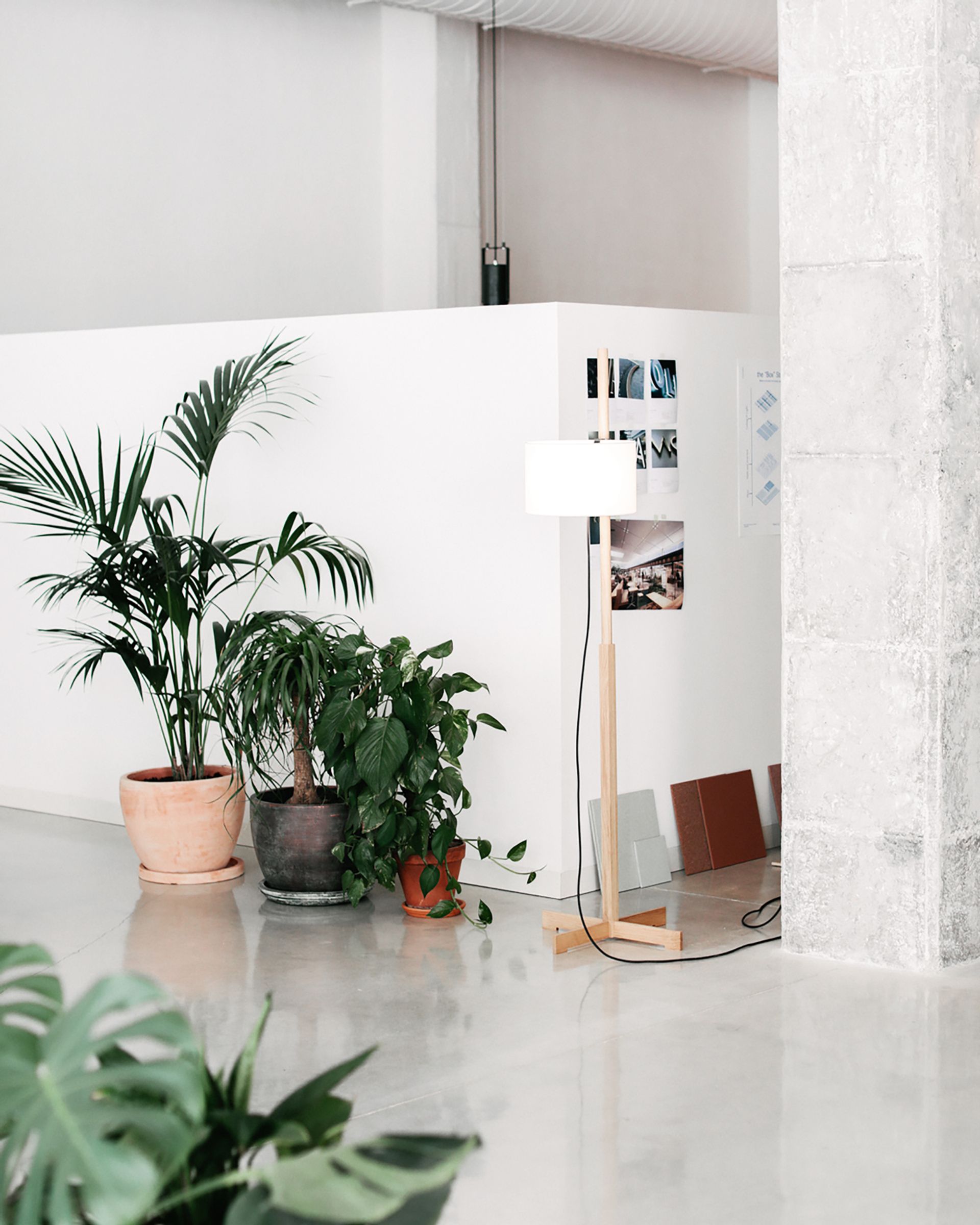


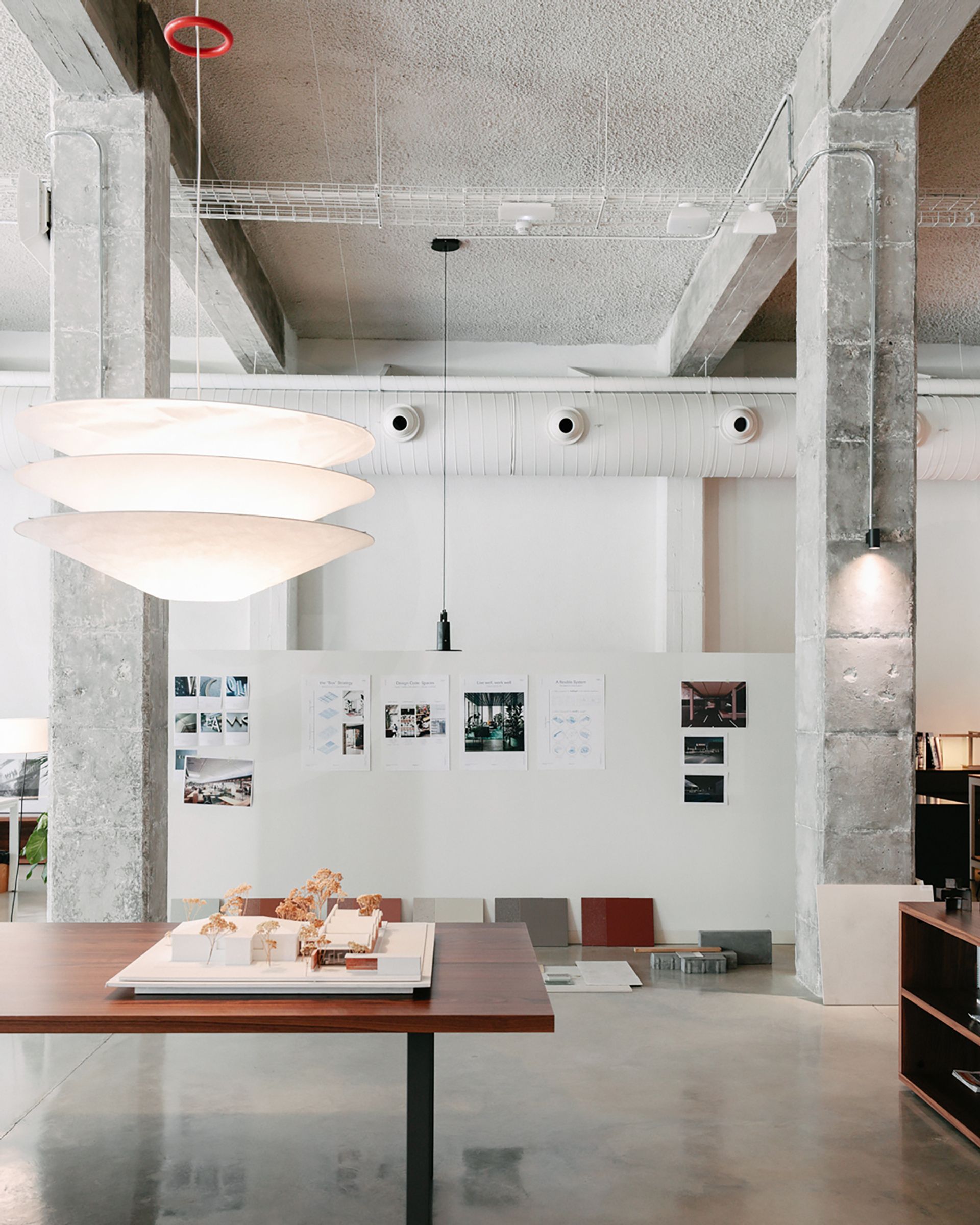
What used to be considered a duty performed from 9—5, during which one sat individually inside a cubicle while responding to a single phone and computer, has changed substantially in today’s reality. We have been shaped by a stream of new ways to communicate, and along with it came a new work mentality. A global internet connection now allows us to work from any place at any given time, driving fixed schedules close to obsolete, and the reasons for employees to go work inside an office less and less convincing.
When at work, we plan, strategize and design on a daily basis. Innovation and creativity have become the way to success, making us think of professional growth as something personal, now that both lives are gradually more intertwined. We work to live and live to work with satisfaction, turning a job into something close to a lifestyle that should be capable of fitting various employee’s personalities.
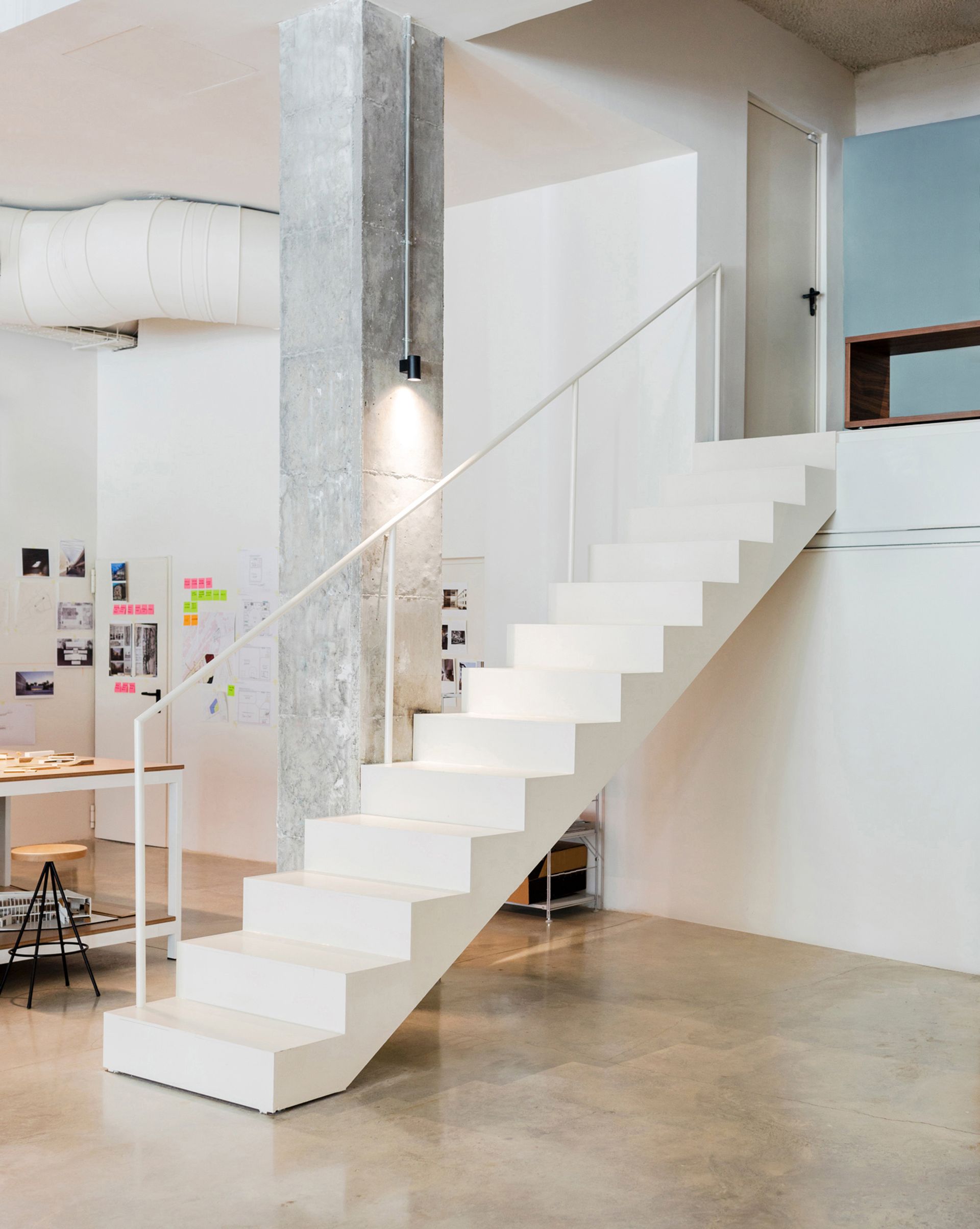
Flexibility has become the key concept design of every office space, be it our own work space, or that of global firms like Roche (the Swiss health company) that have to fit so many personalities inside one company philosophy and over various buildings. People today want to collaborate and make new connections in order to develop new creative ideas. The concept of work has so become the real life derivative of an at all times connected life, turning the need for a horizontal and interdisciplinary approach into the basis of a successful business culture.
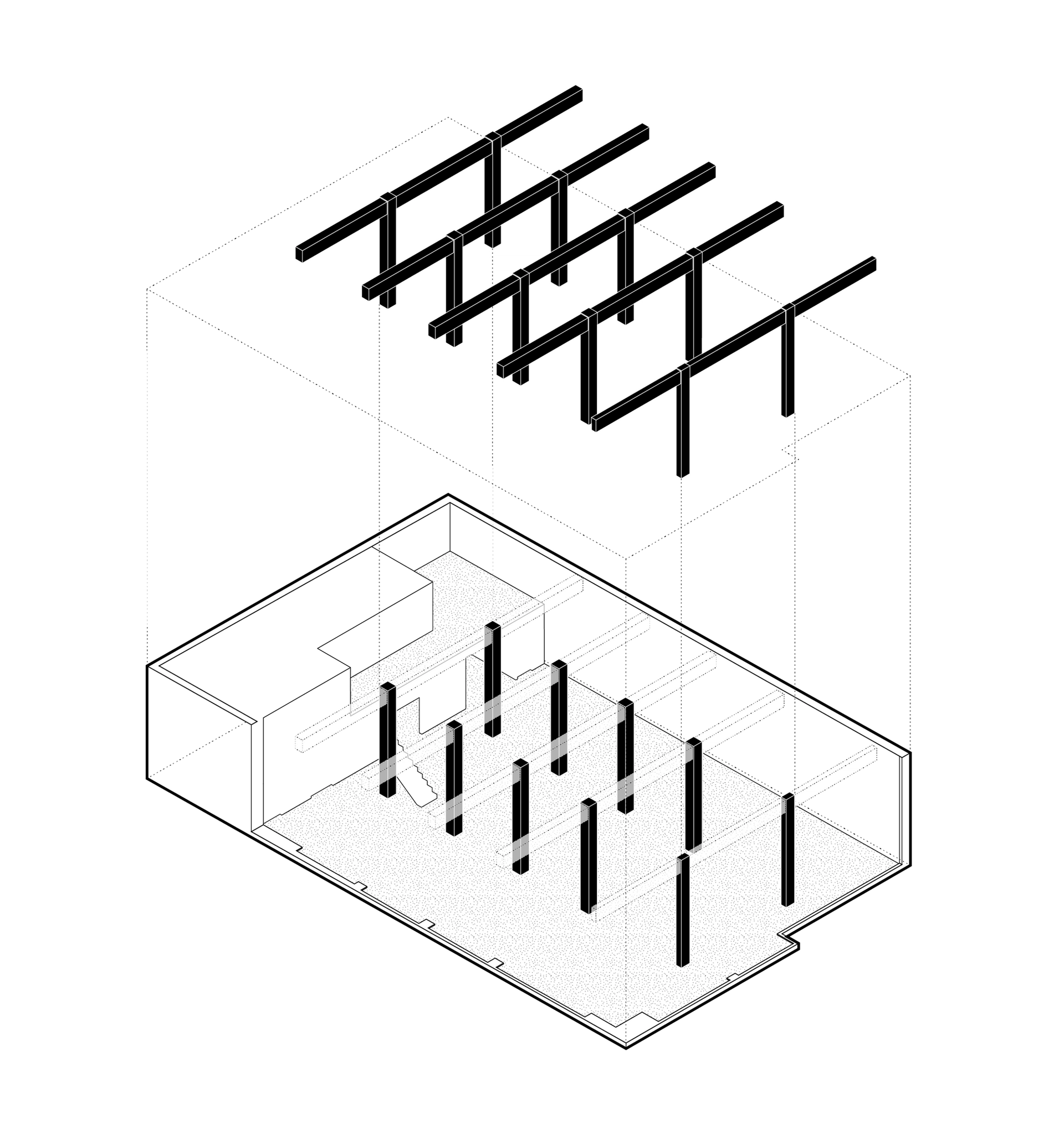
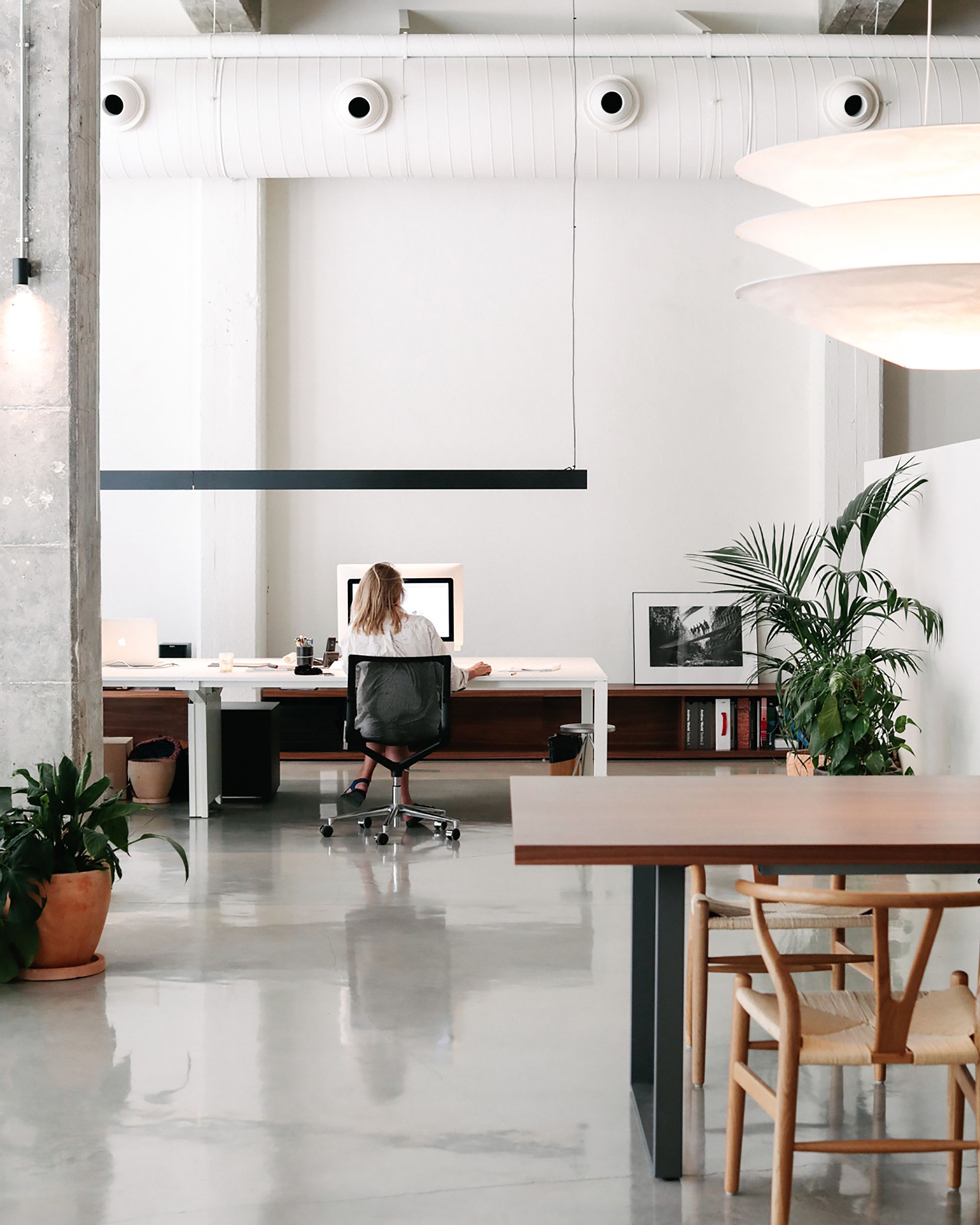
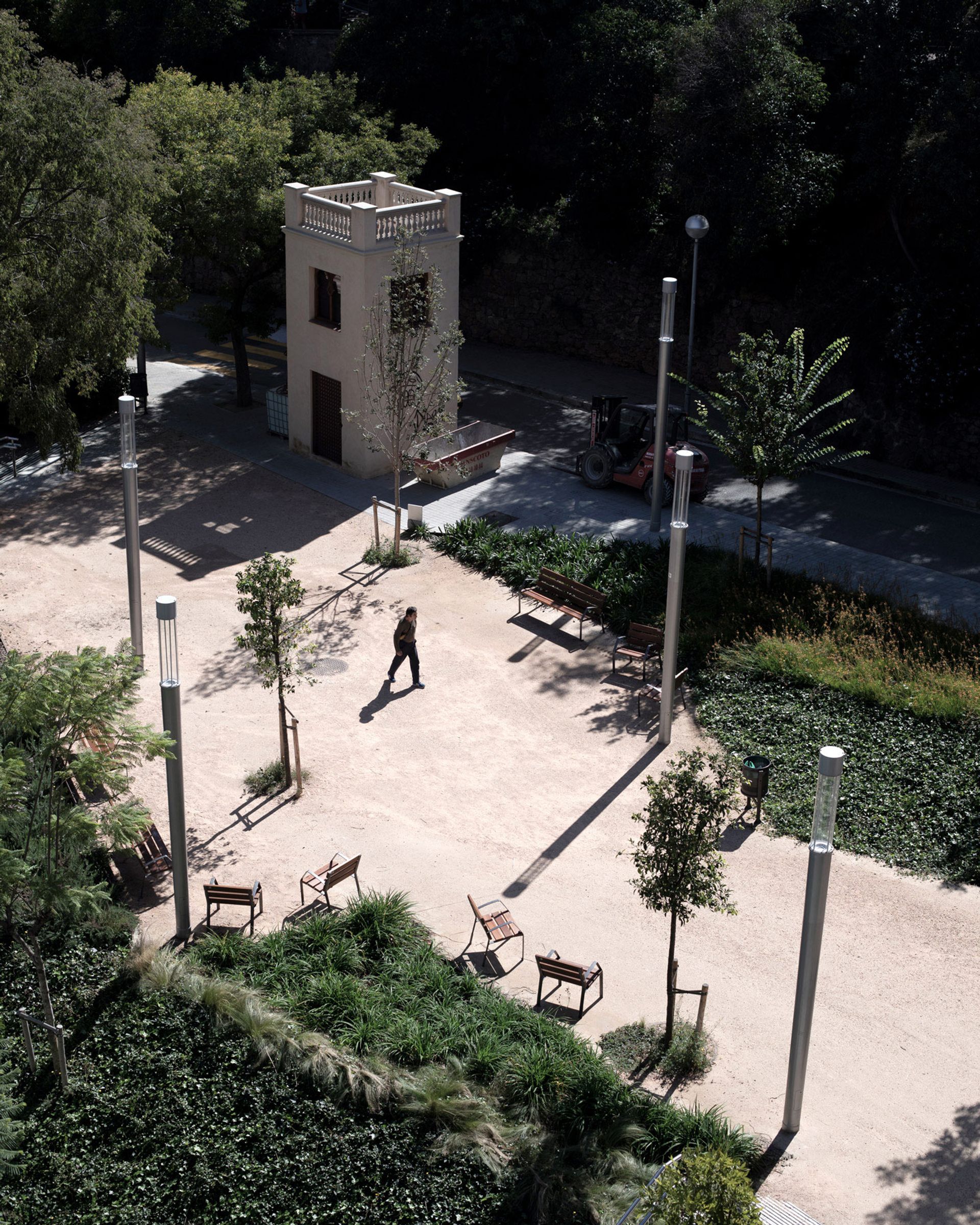
The objective to including flexibility in both design and business culture is to meet with a more general tendency in our society. We all desire to feel connected, though without it threatening our individuality and originality. Projected onto the workspace, this means creating the right atmosphere for everyone working inside of it: the design of an individual experience generated by an architecture made for the collective.
Barcelona, Spain
Offices
Iris Humm, Salva López

